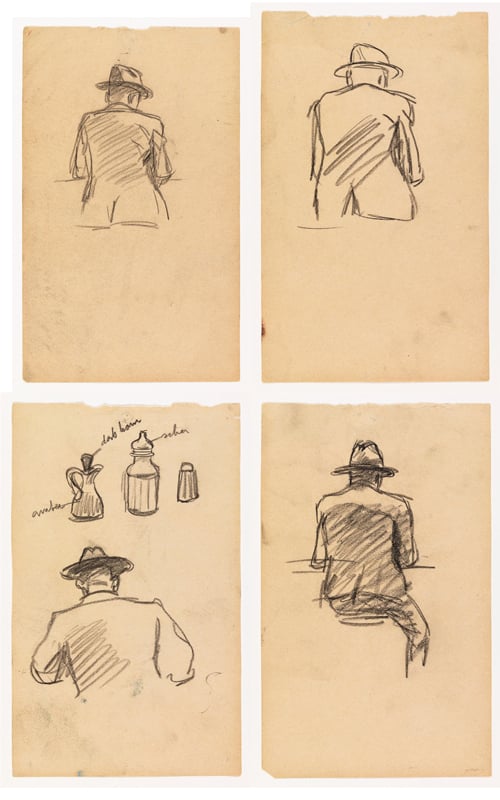Outlining the Plot for a Novel

I have just spent the past week immersed in the plot line for my next novel, and, I must say, I found the process enjoyable. I can say without reservations that this is my most detailed plot line ever.
A plot line, for those who don’t know, is the plot of a projected novel condensed into twenty or thirty pages. It is the authorial equivalent of a painter’s sketch before embarking on the actual painting. It allows the artist to position things and get some sense of relationships and proportion. When the actual project begins, it is a touchstone to keep the artist on track.
One reason I enjoy this part of the process so much is because it is where I attempt to weave the story of my characters’ lives into the fabric of history. As such it requires me to research the historical background of my characters. What I learn about how they actually impacted, and were impacted by, historical events gives the novel its narrative framework.
Since all of the characters in the novel are actual historical figures, nothing that happens in the story can violate the truth of what is known. This can be difficult. It is not too much to say that if the novel was written about characters that lived in the 20th century, it could not be fictional at all. Too much would be known about them. It would be reporting, not storytelling. But because the history of the 5th century is so sparse and fragmentary, what I am left with are snatches of information, brief episodes, allusions, and the fleeting speculations of chroniclers who wrote about the period much later.
Consequently, I am forced to deduce my characters’ purposes and motives by reading between the lines. If Placidius did this, and Maximus did that, and this event occurred right afterwards, then it seems reasonable to assume that Maximus’s reaction to what Placidius did was this. You see, it requires being a bit of a sleuth. The story takes shape as these sinews of speculation tie together the muscle and tissue of known facts.
But there is a danger here. The story can become mired in a slew of historical minutiae. For the story to be entertaining it must have a clear trajectory and a compelling character for the reader to relate to. It has to have a character arc. The character arc is intrinsic to a successful plot since readers always care more about what happens to other people, especially people they feel invested in, than they do about the window dressing of settings or events.
Writers of Romance fiction for whom the characters and their relationships are everything understand this intrinsically. But for writers of other genres it can be challenging, and especially for writers of historical fiction where the temptation to ladle on the historical detail is great. A book called “Creating Character Arcs” by K.M. Weiland helped me focus on the growth of my main character as I laid out the story of her life over an eighteen-year period of European history from AD 437 to AD 455. By using this book as a reference I was able to stage the major turning points in her story for maximum effect without getting lost in the weeds.
My plot line for this novel came in at twenty-four single-spaced pages. At the front I laid out a list of characters ranked by importance. There are eighteen of them, of which six play major roles.
The last thing I do is group the paragraphs that make up the plot line into chapters on the broad assumption that each paragraph in the plot line represents a narrative segment in the novel. This gives me an idea as to how many chapters the book will entail and how long it might be. If it will need trimming, I can already see that before I start writing.
The plot line is my roadmap for the novel, but if I find my way blocked and have to take a detour, that's all right too. The main thing is to get to where I'm going, and if I find a better route to get there, I can feel free to follow it.
Malcolm
